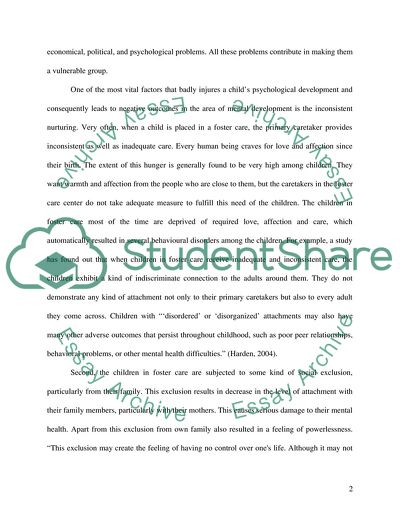Cite this document
(The Experiences of Youth After Foster Care Term Paper, n.d.)
The Experiences of Youth After Foster Care Term Paper. Retrieved from https://studentshare.org/social-science/1722903-term-project-on-children-aging-out-of-foster-care-system
The Experiences of Youth After Foster Care Term Paper. Retrieved from https://studentshare.org/social-science/1722903-term-project-on-children-aging-out-of-foster-care-system
(The Experiences of Youth After Foster Care Term Paper)
The Experiences of Youth After Foster Care Term Paper. https://studentshare.org/social-science/1722903-term-project-on-children-aging-out-of-foster-care-system.
The Experiences of Youth After Foster Care Term Paper. https://studentshare.org/social-science/1722903-term-project-on-children-aging-out-of-foster-care-system.
“The Experiences of Youth After Foster Care Term Paper”, n.d. https://studentshare.org/social-science/1722903-term-project-on-children-aging-out-of-foster-care-system.


